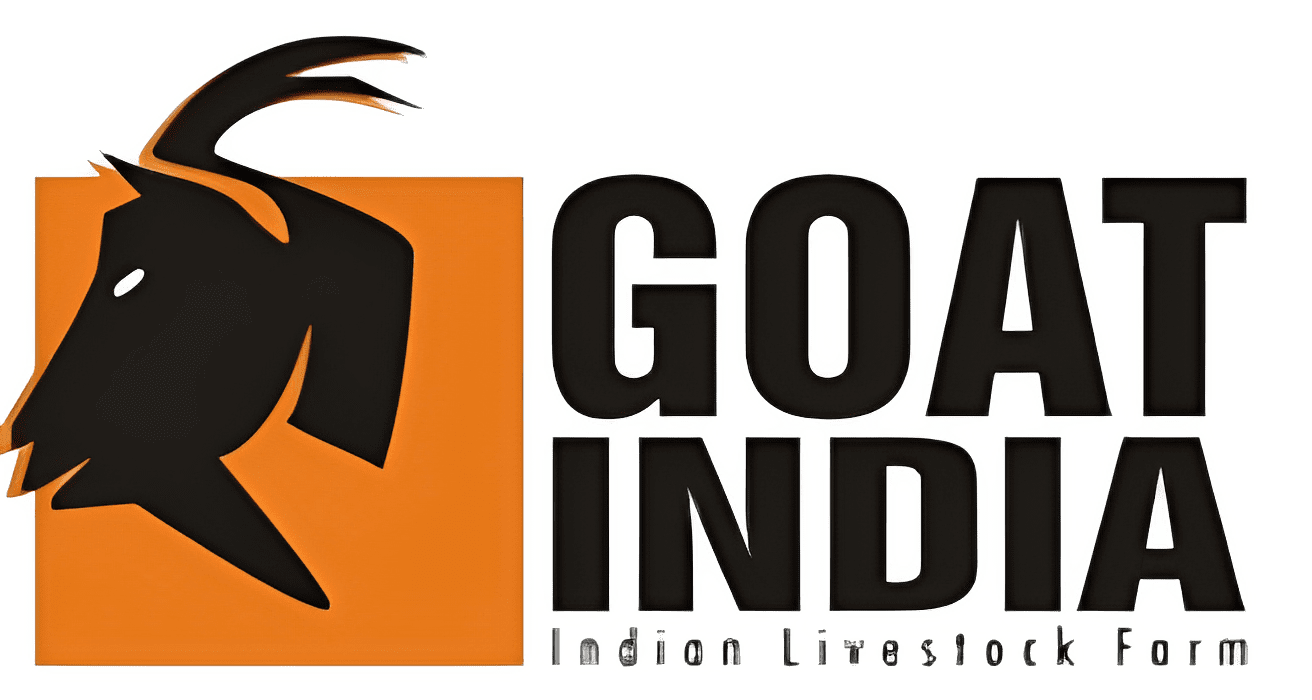Marwari Goat
Complete farming guide for Rajasthan’s premier dual-purpose desert goat breed. Expert insights on breeding, feeding, housing, and management for optimal milk and meat production in arid regions.
Marwari Goat Key Statistics
Essential performance metrics for India’s desert-adapted breed
Complete Marwari Goat Knowledge Hub
Comprehensive farming guide for desert goat production
Marwari goats originate from the Marwar region of Rajasthan, specifically the districts of Jodhpur, Jalore, Pali, Barmer, Jaisalmer, Bikaner, and Nagaur. Population peaked at 4.3 million in 1970, declining to 500,000 by the end of that decade.
Multi-purpose breed valued for both milk and meat production. Their dual-purpose nature makes them economically valuable for desert farming communities with limited resources and harsh environmental conditions.
Exceptional adaptation to Thar Desert conditions with thick hair enabling tolerance of extreme heat and cold temperatures. Natural resistance to harsh dietary conditions and infectious pathogens common in arid regions.
Traditionally raised in extensive grazing systems with natural breeding practices. One healthy buck can serve 30-35 does. Raised housing systems preferred for improved management and disease control.
Distinctive glossy black coat with compact physique similar to medium dog size. Approximately 5% of kids may have white or brown patches on their black fur. Both males and females possess characteristic beards.
Males typically weigh 39-42kg and reach 76cm height. Females maximum weight is 32kg with 68cm average height. Compact build well-suited for navigating desert terrain and conserving energy.
Small, flat ears measuring up to 17cm in length that droop in a specific direction. Small upward and backward-pointing horns present in both sexes, with males having larger, more durable horns than females.
Thick, glossy black hair coat that provides insulation against both extreme heat and cold temperatures. Short, slender tail and alert, handsome appearance with prominent eyes due to large orbital bones.
Elevated housing systems preferred for improved hygiene and disease prevention. Proper shelter with good ventilation essential for protecting from extreme weather. Easy-to-clean housing designs recommended for efficient management.
Balanced diet crucial for optimal performance with emphasis on quality greens and grains. Require adequate vitamin and mineral supplementation. Natural grazing ability with good feed conversion efficiency in harsh conditions.
Regular veterinary checkups essential for disease prevention. Follow proper vaccination schedules and maintain biosecurity measures. Natural resistance to common desert pathogens but preventive care still important.
Natural breeding preferred over artificial methods. Single buck can serve 30-35 does effectively. Individual births more common (90%), with multiple births occurring primarily under good nutrition conditions.
Superior reproductive abilities with individual births being the norm (90% of births). Multiple births improve to 10% with adequate nutrition and proper management. Natural breeding systems preferred.
Moderate milk production suitable for family consumption and local markets. Lactation performance varies with nutrition and management practices. Milk quality good for direct consumption and dairy products.
Excellent meat production with good carcass quality. Compact size provides efficient meat-to-bone ratio. Meat well-regarded for taste and nutritional value in desert regions of Rajasthan.
Multi-purpose production makes them economically valuable for desert farming communities. Lower input requirements due to hardy nature. Good adaptation reduces production costs in harsh environments.
Marwari Goat Farming Techniques
Practical knowledge for successful desert goat management
Desert Feeding Strategies
Utilize available desert vegetation including hardy shrubs and drought-resistant grasses. Supplement with grains during harsh seasons and provide adequate water sources. Focus on nutrition that supports their natural hardiness.
Heat Management
Provide adequate shade during peak summer temperatures. Ensure proper ventilation in housing structures. Their thick coat provides natural insulation, but additional cooling measures may be needed during extreme heat waves.
Water Management
While adapted to limited water availability, ensure clean, fresh water is always accessible. Water requirements increase during hot weather and lactation periods. Monitor water quality in desert regions.
Marwari Goat Breed Comparison
How Marwari goats compare with other Indian breeds
| Characteristic | Marwari | Barbari | Sirohi |
|---|---|---|---|
| Origin Region | Rajasthan (Desert) | Uttar Pradesh | Rajasthan Hills |
| Adult Weight (Male) | 39-42 kg | 35-40 kg | 50-60 kg |
| Adult Weight (Female) | 32 kg | 25-30 kg | 35-45 kg |
| Climate Adaptation | Extreme Desert | Semi-arid | Hilly Semi-arid |
| Primary Use | Dual-purpose | Meat | Dual-purpose |
| Coat Color | Glossy Black | White with Brown | Brown with Black |
Master Desert Goat Farming
Unlock the potential of Marwari goats for sustainable desert agriculture


